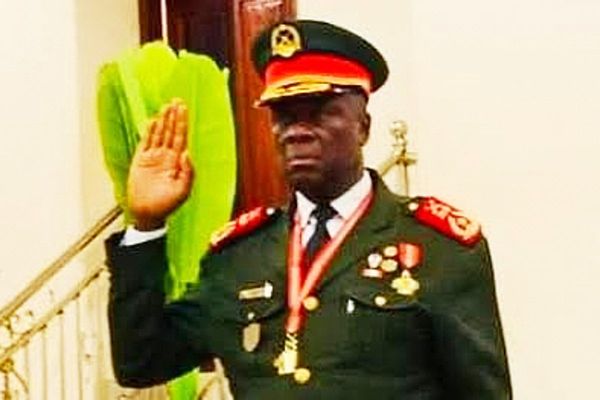
The high levels of PM2.5 air pollution seen this month revive the question of what national and local governments could have done but failed to do. Within this, the proposed relocation of Bangkok Port out of the capital city -- part of the national master plan to reduce PM2.5 -- attracted media attention.
Moving the port -- also called Klong Toey Port -- out of the city is not a new policy, as it was part of the national master plan approved by the junta government in 2019. Moves were afoot even before then. Over the past decade, the Port Authority of Thailand (PAT), under the transport ministry, has gradually moved over 80% of the port's cargo activities to Laem Chabang Port in Chon Buri province.
But that is far from enough. Large cargo trucks still enter the inner city to Bangkok Port, leading to traffic congestion, severe air pollution, and road damage that costs taxpayers.
The port's recent spell in the spotlight was brought on by Bangkok governor Chadchart Sittipunt, who blamed its existence for obstructing City Hall's plan to solve PM2.5 at a fundamental level. He also claimed the port is detrimental to proper flood management.
Fully relocating the port from Klong Toey to Laem Chabang could reduce the number of freight trucks entering and leaving Bangkok Port by at least a million a year, which would help ease PM2.5 levels.
Meanwhile, Mr Chadchart also urged that the Ministry of Transport turn part of the 2,535 rai of port land into public space. But his proposals met with a cold shoulder from PAT, which is reportedly planning to instead auction about 900 rai out of the port's land for private commercial mixed-use development.
PAT is also planning to transform the remaining land into a "green port", part of which will serve marine cargo barges in the Chao Phraya River. It's a pity the "green port" scheme does not include the allocation of riverbank areas for public space.
PAT reportedly argues that it already has a policy of diverting freight trucks out of the central city area. It is also building a new port and cargo facility in Ayutthaya province. Another plan is the building of an expressway to promptly divert lorries from inner Bangkok to Bang Na. While such projects sound like good news, both schemes are just at the planning stage.
That said, Mr Chadchart cannot lean on PAT to deal with the challenges of the port in Klong Toey. There are a few things that he can do -- one being retrying the failed plan to reduce traffic volume during the annual haze season.
In late 2020, the national government, along with the then junta-appointed Bangkok governor Aswin Kwanmuang, issued a ban on large-size cargo trucks entering the inner capital city from 6am-9pm during December-February. But the scheme utterly failed after the Land Transportation Association of Thailand (LTAT), which was not consulted properly and saw the plan as unfair, made a threat to protest.
So maybe now it's time for another attempt. Both the government and Mr Chadchart (whose best assets are his listening ability and collaboration skills) should properly cooperate with various stakeholders such as LTAT and industrial factories to create an achievable plan to reduce traffic during the haze season.
For years, the public has been warned to stay indoors, wear masks during haze seasons, or be encouraged to plant trees. But we're at the stage where the city's people really need to see concrete action being carried out to address PM2.5.







